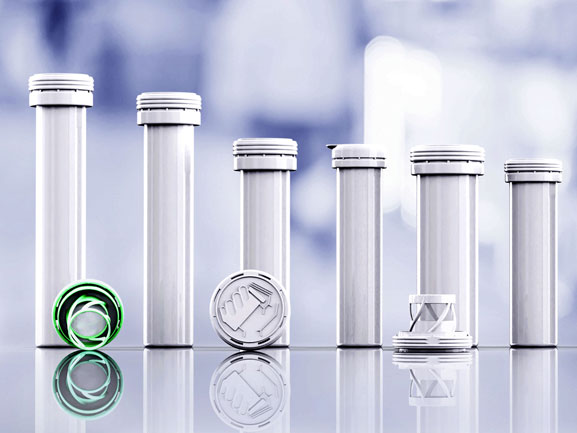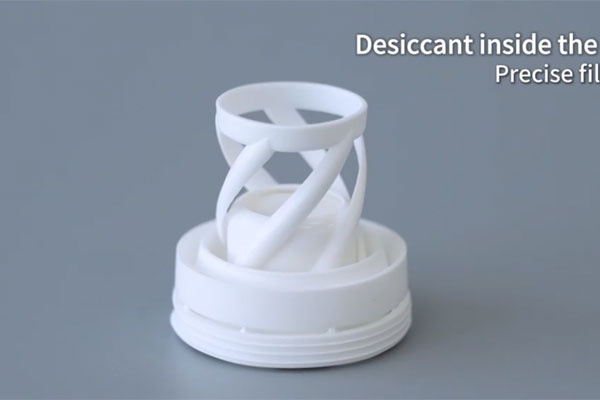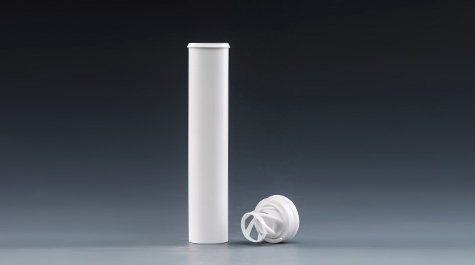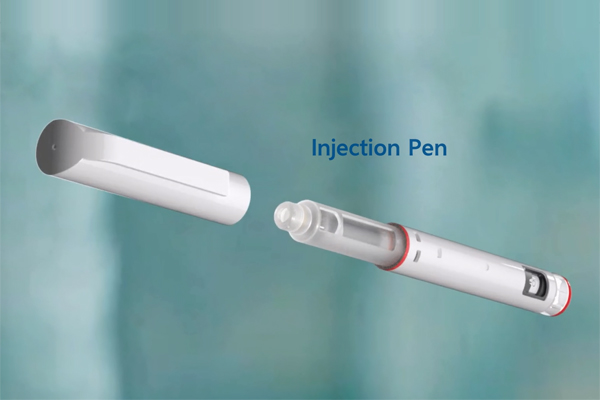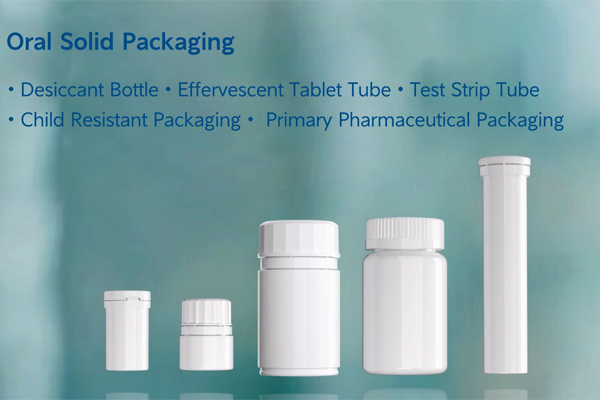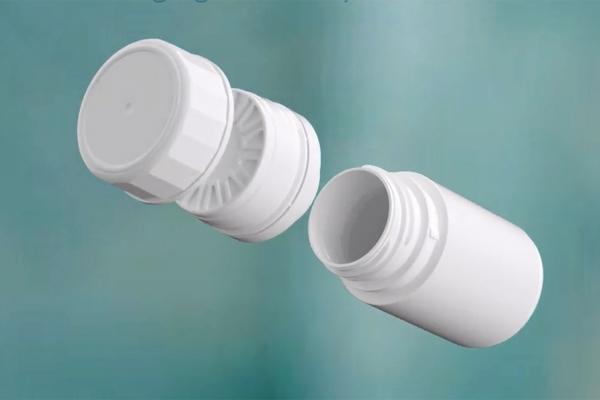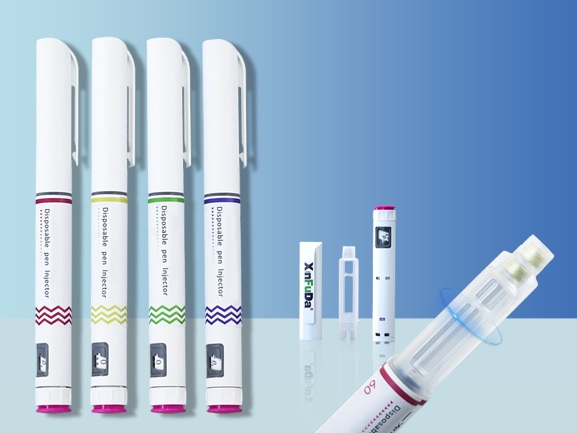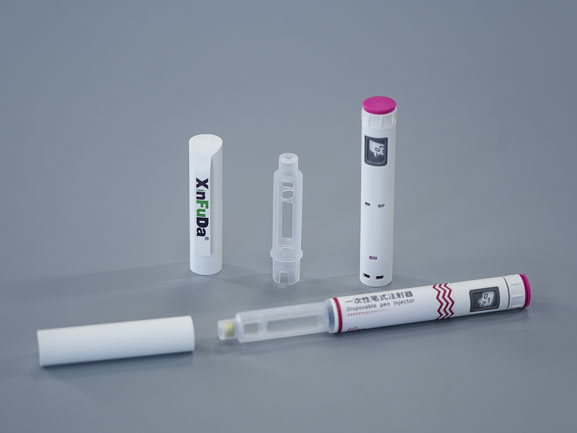In the pharmaceutical packaging industry, effervescent tablets are highly valued for their convenience and efficacy. However, the effectiveness of these tablets largely depends on the moisture-proof performance of their packaging. Moisture-resistant packaging not only protects the medication from external environmental conditions but also ensures internal stability, thereby maintaining the quality and potency of the product. This article explores the moisture prevention performance of effervescent tablet packaging and how innovative designs and materials achieve superior moisture protection.
External Moisture Prevention Design: Durable Materials and Sealing Performance
The moisture resistance of effervescent tablet packaging first relies on its external design. The selection of packaging materials is critical. High-quality materials with low water absorption and strong barrier properties effectively block external humidity. The core of this design lies in the tight fit between the bottle mouth and the cap, ensuring that the packaging remains impervious to moist air during transportation and storage, thereby safeguarding the active ingredients of the tablets.
Internal Moisture Prevention Mechanism: Multi-Functional Desiccant-Integrated Cap
In addition to external moisture prevention, effervescent tablet packaging also emphasizes internal innovation. The use of a multi-functional desiccant-integrated cap makes the application of desiccants more efficient and precise. Desiccants are automatically filled within the packaging to ensure accurate dosing, while their moisture content, short-term moisture absorption rate, and saturated moisture absorption rate must comply with strict industry standards. This design not only maintains a dry internal environment but also effectively prevents product degradation due to humidity.
Superior Moisture Prevention Performance
By combining high-quality materials and advanced desiccant technology, effervescent tablet packaging achieves exceptional moisture prevention. This packaging solution ensures that the product remains dry throughout storage and transportation, effectively extending the shelf life of the tablets and guaranteeing their safety and efficacy.
Broad Application Scope
The moisture prevention performance of effervescent tablet packaging has led to its widespread use across various industries, particularly in pharmaceuticals, health supplements, and nutritional products. As consumer expectations for product quality continue to rise, superior moisture-proof packaging will remain a key competitive advantage in the market.
144mm effervescent tube packaging supplier
In pharmaceutical packaging, the moisture prevention performance of effervescent tablet packaging is of utmost importance. Through high-quality materials, tight sealing designs, and efficient multi-functional desiccants, this packaging effectively shields the product from moisture, ensuring quality and safety while providing consumers with higher standards of product assurance.
